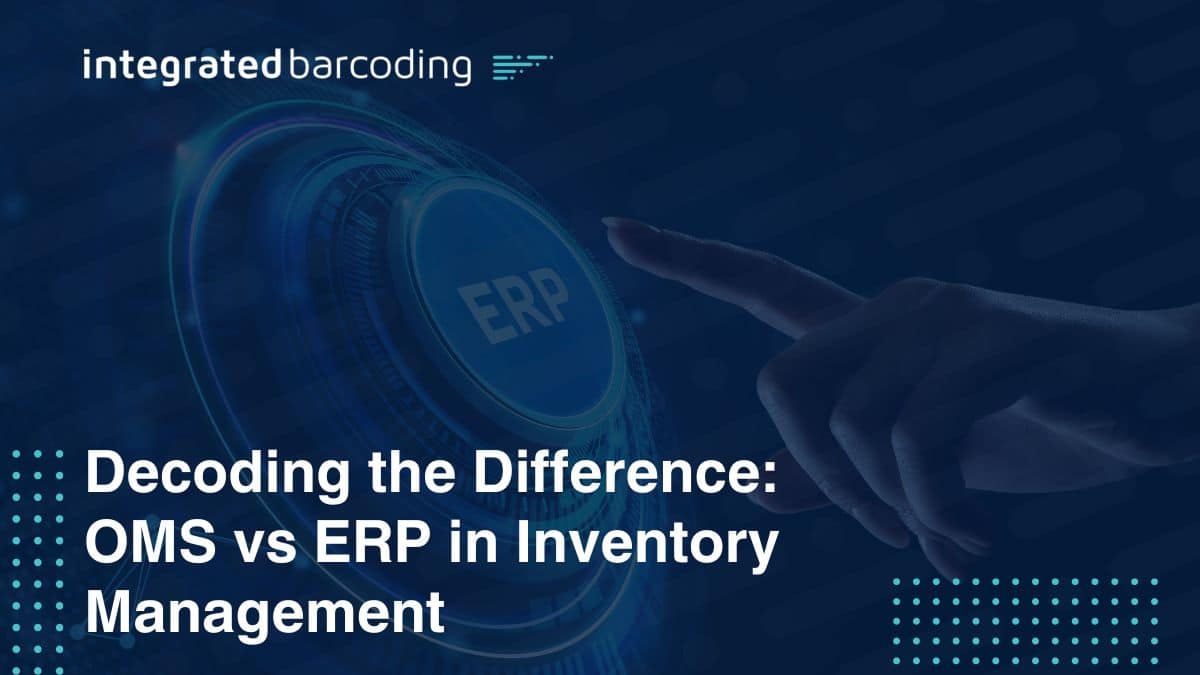In today’s dynamic business landscape, efficient inventory management is crucial. Businesses juggle multiple sales channels, diverse product lines, and real-time order fulfillment demands. This is where technology steps in, offering powerful tools like Enterprise Resource Planning (ERP) and Order Management Systems (OMS). But with so many acronyms flying around, it’s easy to wonder: What’s the difference between ERP and OMS?
ERP: The Business Command Center
Think of an ERP as your company’s central nervous system. It’s a comprehensive software suite that integrates and manages various business functions. Imagine an ERP overseeing everything from accounting (invoices and payments) to human resources (payroll and employee data). An ERP also handles inventory management, tracking stock levels across warehouses and providing insights for reordering.
OMS: The Order Fulfillment Powerhouse
An OMS, on the other hand, is a specialist focused solely on the order management process. It excels at streamlining everything from order placement to the moment it reaches their doorstep. Imagine an OMS efficiently managing tasks like order routing, inventory allocation across different locations (fulfilling from the closest warehouse for faster delivery!), and real-time order tracking. It can even integrate with shipping carriers for seamless order fulfillment.
Key Differences to Consider
The main difference between ERP and OMS lies in their scope. An ERP is a comprehensive solution, offering a bird’s-eye view of your entire business. An OMS is a laser-focused system specifically designed to optimize order fulfillment. This translates to cost and implementation differences. OMS systems are generally more affordable and easier to implement, while ERP systems require a bigger investment in terms of time and resources.
Working Together for Success
While ERP and OMS have distinct functions, they can be a powerful duo when they work together. Both systems share functionalities like data collection and analysis, allowing you to generate insightful reports on sales trends and inventory levels. They can also automate workflows, such as sending order confirmations and shipping notifications. Additionally, both ERP and OMS integrate with other applications, ensuring smooth data flow across your entire business ecosystem.
Ultimately, the best choice for your business depends on your specific needs. If you require a comprehensive business management solution, an ERP such as SyteLine, might be the way to go. But if your primary focus is on streamlining order fulfillment and boosting customer satisfaction, an OMS could be the game-changer you need.
Take Control of Your Inventory Management
At Integrated Barcoding, we offer a powerful solution: SyteLine software—an industry-leading ERP that can help you optimize your operations and achieve new levels of efficiency. Schedule a demo with us today and see how SyteLine can empower your business!


